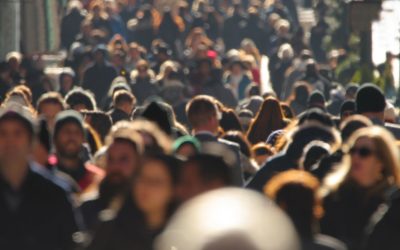As in many parts of the world, New Zealand is reimagining what tourism can look like. The COVID-19 pandemic has provided a unique opportunity to not only build back tourism in New Zealand – but to “build back better.”
By early 2000, the New Zealand tourism industry was generating significant financial returns to the country but had growing environmental impacts, persistent seasonality pressures and was failing to deliver widely shared benefits throughout the nation.
The New Zealand’s Parliamentary Commissioner for the Environment summed up many of these concerns in a December 2019 report entitled “Pristine, Popular…Imperilled?”
Miles Partnership led a major study in 2019 on international best practices in domestic tourism with funding from the Ministry of Business, Innovation & Employment (MBIE). Of the five global best practices we identified, New Zealand ranked poorly on four of the five. This blog summarizes the study and provides access to the Executive Summary. Drawing on that study and a range of other critical research and resources, here are eight essentials in rebuilding and maintaining a New Zealand tourism industry that works for everyone.
Below are the first four essentials in rebuilding a “New” New Zealand tourism industry. See Part II of this blog for steps #5-8.
1. Domestic Tourism: a long-term commitment to the foundation of New Zealand tourism
2. Listening to Locals: and putting them at the centre of tourism.
3. Balance: resourcing & coordinating tourism marketing and management
4. Regenerative tourism: tourism which is giving back to enhance the environment and our communities
1. Domestic Tourism
As noted as far back as 1993, “Domestic tourism in New Zealand has generally been the poor and neglected cousin of international tourism in terms of official policy and research.”
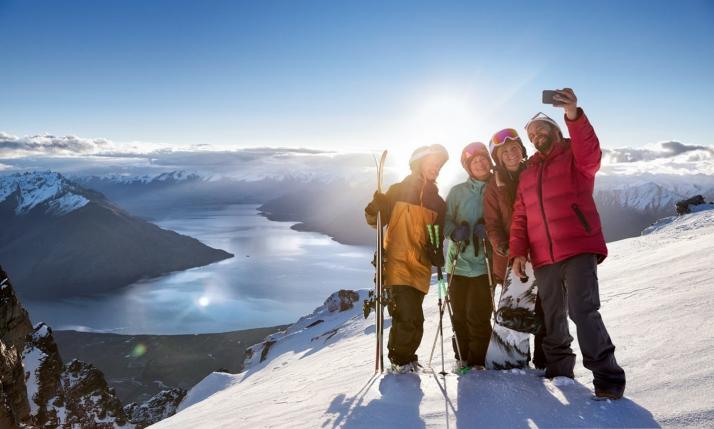
Domestic tourism may not add new, incremental international spending to the nation, but it is central to creating a sustainable, vibrant, and profitable tourism industry. As our 2019 international benchmarking study concluded, domestic tourism is central to addressing New Zealand’s persistent problems of seasonality and regional dispersal.
Strong domestic tourism builds a foundation of life-long connections with loyal New Zealanders who can be motivated to travel far more easily and cost effectively than international visitors. In a world of clear risks and uncertainty, domestic tourism is therefore an essential foundation for our industry.
However, in the decades leading up to 2020, New Zealand’s investment in tourism did not reflect a healthy balance of domestic and international travel. In 2019, it was estimated that New Zealand spent 23x more public money on attracting an additional dollar of international visitor spending vs. adding an additional dollar in domestic visitor spending. This imbalance created huge distortions in our tourism industry, inflating private sector investment in international tourism and discouraging investment in domestic tourism. With little competition from our local travel industry, outbound international travel by Kiwis soared – offsetting much of the benefits of increased international visitor spending on our current account.
The costs and risk of this approach has been starkly exposed in the COVID-19 crisis.
* Tourism New Zealand’s publicly funded international marketing budget of $112 million in 2019 vs. an estimate of RTO’s combined domestic tourism marketing budgets of ~$5 million for the same year.
Action: New Zealand needs an industry structure and funding that reflects a balanced commitment to both international and domestic tourism. This should include sustainable, long-term funding and review of the best national organisation(s) to help facilitate domestic tourism and coordinate the work of Regional Tourism Organisations (RTOs) and the wider industry. The models used by Finland and Ireland in particular are worth investigating. Both Visit Finland and Tourism Ireland remain focused on international tourism but have collaborated and aligned with national tourism entities with a responsibility for domestic tourism: Failte Ireland and Suoma (Finland National Association of Tourism Associations).
Resources: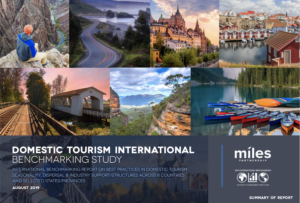
- Global Best Practices in Domestic Tourism. Blog summarizing the international study 2019 by Miles Partnership & Group NAO for MBIE or download the Executive Study.
2. Listening to Locals
Tourism exists and thrives based on the support and welcome of host communities. This local welcome, “Manaakitanga,” is central to the New Zealand visitor experience. Locals are therefore central to tourism. They must also be central to how we plan, market and manage the visitor industry. Yet, in many parts of New Zealand (and the world), we have failed to build an industry based around the perspectives of local communities – with business and councils often leading the discussion.
Action: Locals need to be central to the vision and planning of a thriving visitor industry in each destination, and to how success is managed and measured. RTO-led destination management plans must reflect genuine and ongoing resident involvement starting with what they (and visitors) consider special about their destination and what needs to be nurtured and protected as tourism develops.
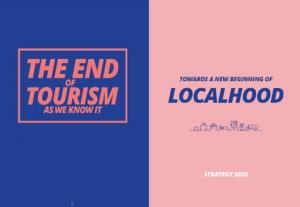 Resources:
Resources:
- Copenhagen’s 2017 Tourism Strategy (see right) ‘The End of Tourism As We Know It” put locals – and “Localhood” at the centre of the their reimagination of tourism & how visitors can engage with their city.
- See the Signe Jungersted’s (former Head of Destination at Wonderful Copenhagen) presentation at the Destinations International’s Annual Global Convention in 2019 (a session facilitated by Miles) and an update at the recent 2020 virtual global conference.
3. Balancing Marketing with Management
As with a balanced approach to international and domestic tourism, New Zealand needs a tourism industry with a balanced commitment to tourism marketing and management. For decades in New Zealand, it has been marketing led with tourism issues such as crowding or freedom camping only dealt with when they become problems. The lack of long-term planning, and the commitment and resources to actively manage tourism’s impacts, was a significant failure.
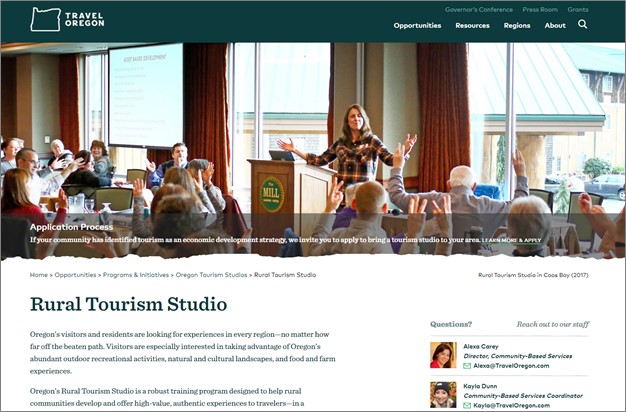
Travel Oregon invests heavily in supporting communities across the State with multiyear tourism training, product development and support programmes to build a more sustainable, year-round visitor industry – across every region. Their Rural Tourism Studios are one part of this commitment.
Action: The recent commitment by MBIE and RTOs into regional tourism management plans must be continued long term. This includes investment in regenerative tourism (see #4 below), backed by robust, resilient funding stream for local councils and communities. See #5 “Funding Tourism” in Part 2 of this blog.
Resources:
- Travel Oregon’s Regional Tourism Studios and commitment to Destination Management
- “8 Ways to Build a More Sustainable Future for Tourism” Earth Day 2020 Blog, Chris Adams.
- Slovenia is also a world leader in balancing marketing and management. See their Sustainable tourism plan 2017-2021, an article here or our summary in our Global Benchmarking study.
- ‘Overtourism Tool Kit’: Summary of best practices from around the world. Miles Partnership
4. Regenerative Tourism
Regenerative tourism first emerged as a strategy to help mitigate and better manage the impacts of tourism growth and “overtourism”. It is now a central theme in how tourism can be “built back better” following the COVID-19 crisis. It emphasises how tourism can restore or enhance local communities and/or natural areas or help build green infrastructure, such as electric highways and water conservation, all to the benefit of visitors and locals alike. In regenerative tourism, our industry not only covers all its costs, but is seen clearly as an industry reinvesting to create destinations that are wonderful places to live, work, study, and visit.
Action: Regenerative tourism needs funding to turn aspiration into action. New Zealand’s recently introduced International Visitor Border levy is one example of a regenerative tourism tax that have become far more common particularly across Europe. In most of these examples such as Iceland (pictured below) and Spain or Italy and Amsterdam, the DMO and/or tourism industry are closely involved in planning, leading, and managing the process.
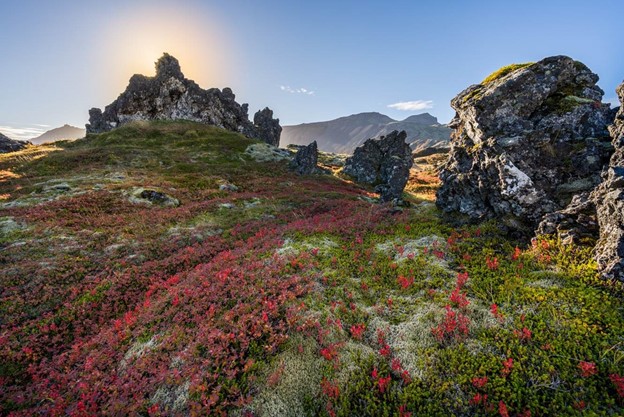
Resources:
- More on the Tourist Site Protection Fund in Iceland which is managed by Iceland Tourist Board.
- More on the Balearic Island Sustainable Tourism Tax in Spain managed by the Commission for the
- Promotion of Sustainable Tourism
Part 1 of a two-part blog series. Read Part 2 here.


